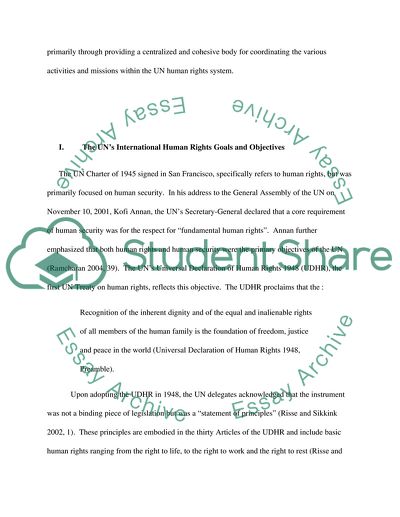Cite this document
(The Role of the UN High Commissioner for Human Rights Research Paper, n.d.)
The Role of the UN High Commissioner for Human Rights Research Paper. Retrieved from https://studentshare.org/social-science/1729139-what-is-the-role-of-the-un-high-commissioner-for-human-rights
The Role of the UN High Commissioner for Human Rights Research Paper. Retrieved from https://studentshare.org/social-science/1729139-what-is-the-role-of-the-un-high-commissioner-for-human-rights
(The Role of the UN High Commissioner for Human Rights Research Paper)
The Role of the UN High Commissioner for Human Rights Research Paper. https://studentshare.org/social-science/1729139-what-is-the-role-of-the-un-high-commissioner-for-human-rights.
The Role of the UN High Commissioner for Human Rights Research Paper. https://studentshare.org/social-science/1729139-what-is-the-role-of-the-un-high-commissioner-for-human-rights.
“The Role of the UN High Commissioner for Human Rights Research Paper”, n.d. https://studentshare.org/social-science/1729139-what-is-the-role-of-the-un-high-commissioner-for-human-rights.


